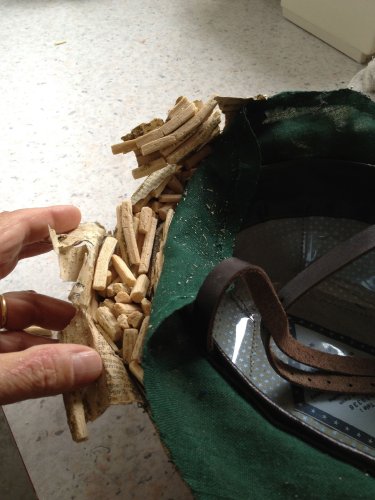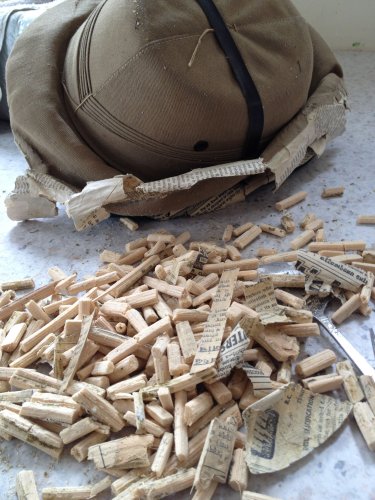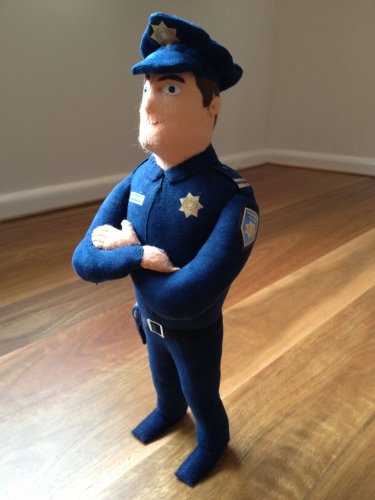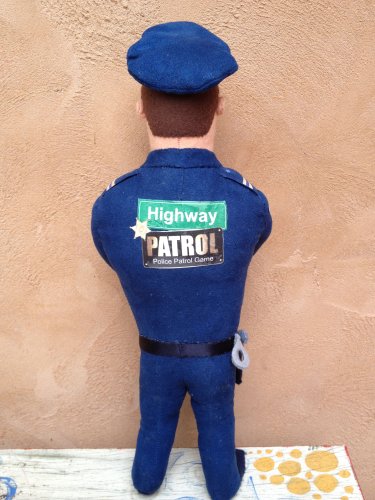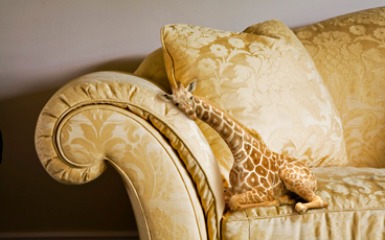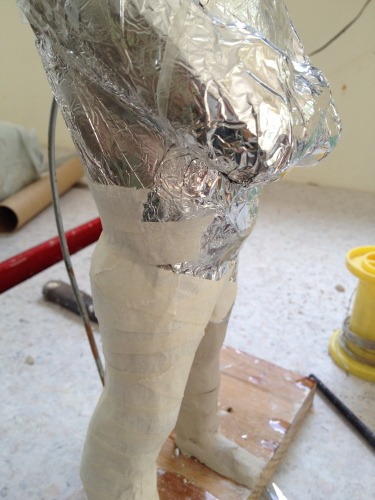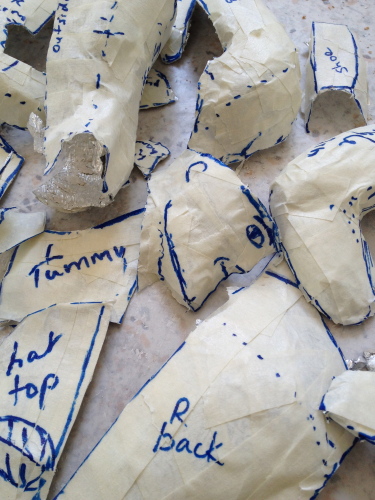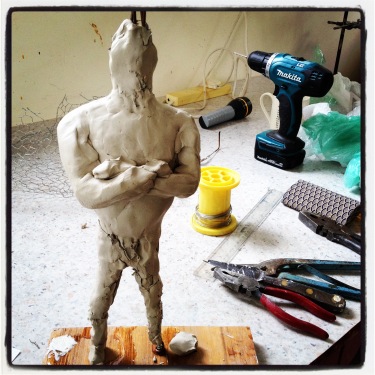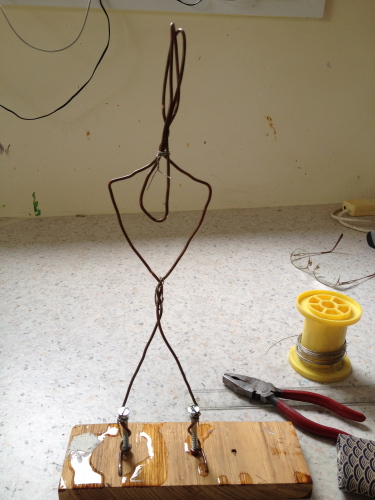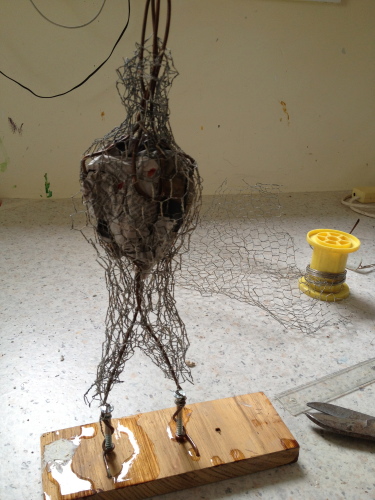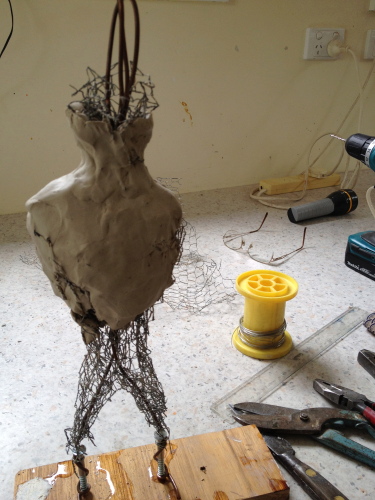Although I don’t generally like doing repairs (there are exceptions) it’s part of the business, and sometimes interesting to find out how something is made.
One of my clients asked me to mend a hat that he uses for some of his gigs. The brim is quite thick, and its shape was disintegrating. Much to our surprise there were lots of little chunks of wood inside! On the intact side the bits were glued together into a set shape, but elsewhere they were broken up and higgledy-piggledy. Today I poked around a bit more and ended up taking them all out. I’ll probably replace them with shaped foam.
The hat is from the Calcutta Sola Hat Agency, which was enough of a lead to work out on Google that this is a sholapith helmet, and the bits inside are actually pith! It’s the inside spongy core of a water plant which can be pressed and shaped into works of art. I hadn’t ever looked into why pith helmets had that name. It looks as if the hat makers pressed the pith into a newspaper-lined hat mold, and then sealed it off with a few more layers of paper, before covering it with cloth.
